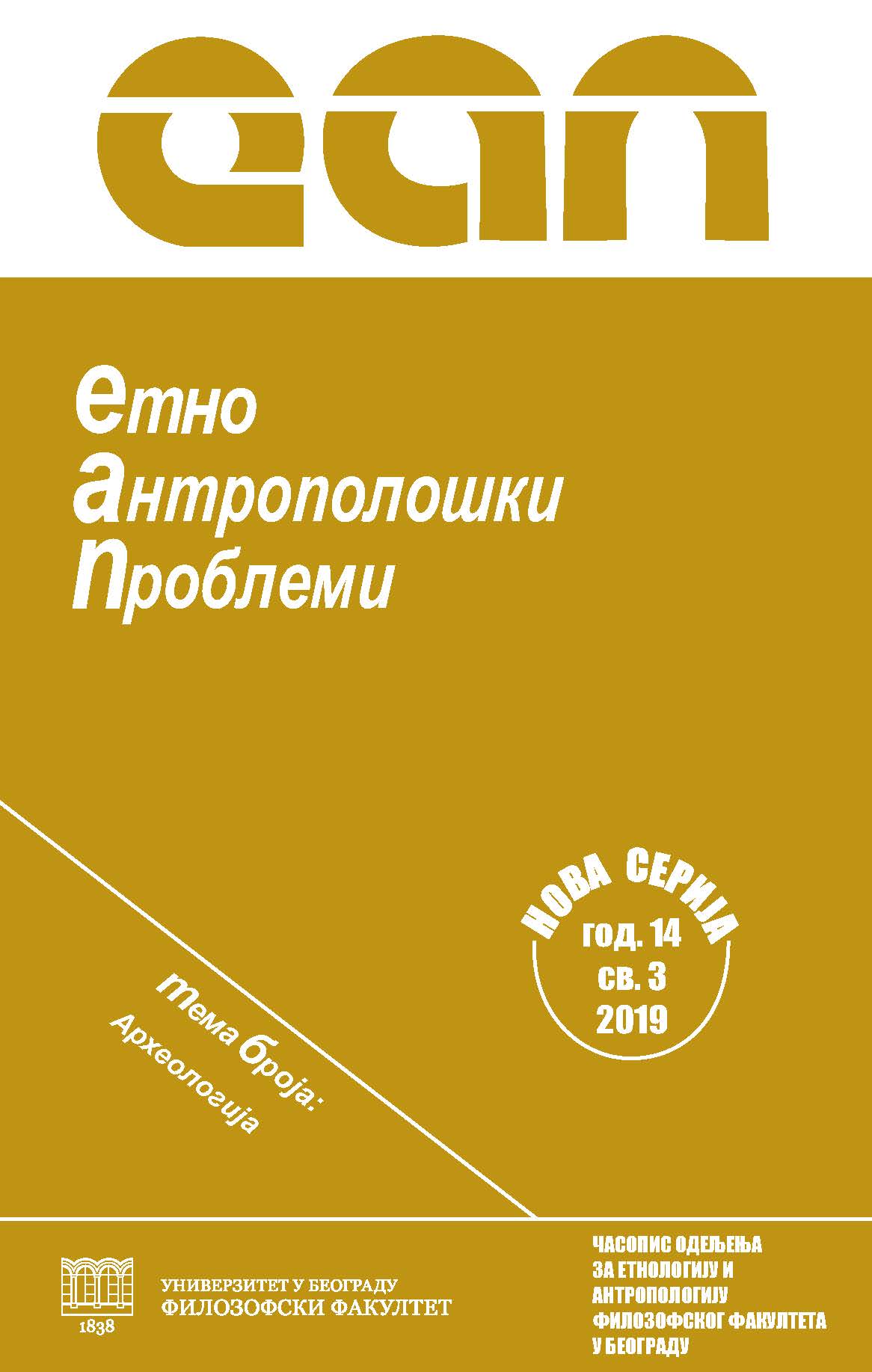Upotreba ljudskog rada kroz istoriju srpske arheologije: tri primera
Usage of Human Labour in the History of Serbian Archaeology: Three Examples
Author(s): Aleksandar BandovićSubject(s): Archaeology
Published by: Филозофски факултет, Универзитет у Београду
Keywords: history of archaeology; archaeological excavation; physical labour; Viminacium; Stobi; Kalemegdan
Summary/Abstract: Although archaeology is not the only research discipline where fieldwork is one of the tools in the process of acquiring knowledge, rare are the disciplines that harness and organize physical labour of non-professionals in the ways done by archaeologists during excavations. Throughout the history of archaeology the usage of physical labour has implied a firm hierarchical order in accordance to which archaeologists have bought or exploited human work during excavations. The physical effort to uncover the layers of earth covering archaeological sites is a tacitly implied part of the archaeological practice. The dichotomy and the relationship between an archaeologist/director of excavations/decision-maker, who considers, analyses and interprets the archaeological record, and the workers who undertake the more physically demanding tasks, has remained largely unchanged, conditioned by the traditional and commonsensical attitude towards archaeological practice. It is paradoxical that the research discipline, publicly mainly recognized through excavations, rarely investigates the conditions under which the human labour is organized and exploited during field campaigns. The paper treats some characteristic examples dating into the end of the 19th and the first half of the 20th century, starting with the excavations at Viminacium, the works at Stobi between the two world wars, and finally the forced labour during the World War II harnessed during the works at Kalemegdan. By discussing the ways and conditions under which human labour was used during these archaeological excavations, the paper raises the issue of the intention of archaeology and who is it aimed for. The cited examples point to the conclusion that the conditions of an archaeological excavation reflect the society, and the way in which the human labour was organized here speaks of the ways of valorising work. The examples of Viminacium and Stobi indicate that the idea of cultural heritage as a common good was shared by a small number of representatives of middle and higher social statuses, while physical labourers possessed no right over it. The excavations at Kalemegdan quite explicitly speak of the many ways in which the Third Reich exploited forced labour.
Journal: Етноантрополошки проблеми
- Issue Year: 14/2019
- Issue No: 3
- Page Range: 861-887
- Page Count: 27
- Language: Serbian

